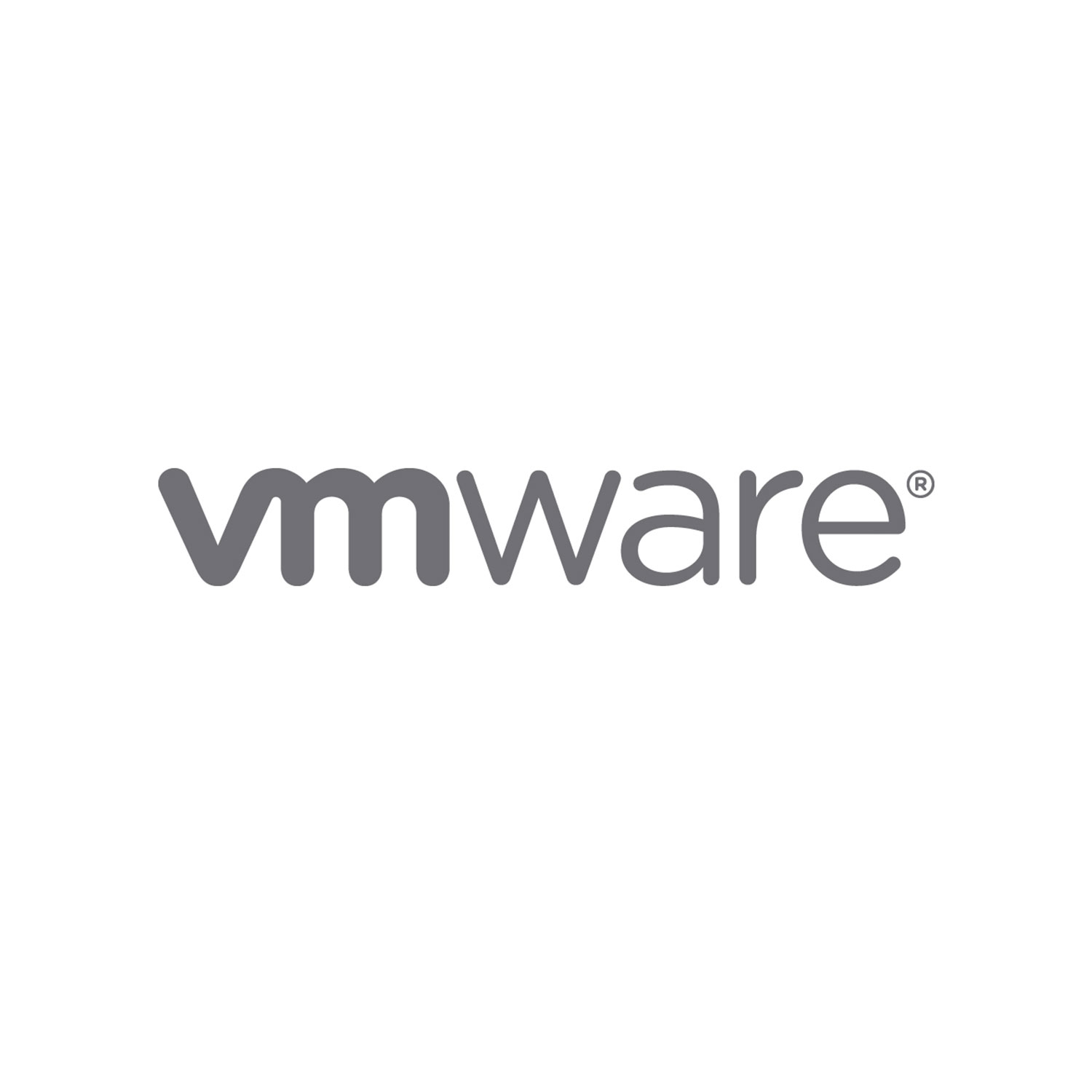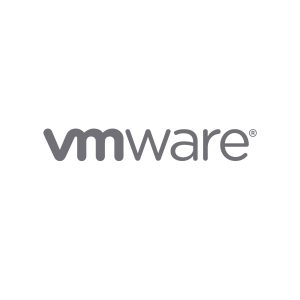Description
About This Course
This intensive, extended-hours training course focuses on installing, configuring, and managing VMware vSphere® 5 and effectively using VMware® vCenter™ Operations Manager™. This course combines the content of the VMware vSphere: Install, Configure, Manage course with the vCenter Operations Manager: Analyze and Predict course. This course explores installation, configuration, and management of vSphere, which consists of VMware ESXi™ and VMware® vCenter Server™. This course also teaches skills in the use of vCenter Operations Manager as a forensic and predictive tool. This course is based on ESXi 5.1, vCenter Server 5.1 and vCenter Operations Manager 5.x.
Prerequisites
System administration experience on Microsoft Windows or Linux operating systems
Course Objectives:
By the end of the course, you should understand vSphere 5.1 functions and features and be able to meet the following objectives:
- Install and configure ESXi
- Install and configure vCenter Server components
- Use vCenter Server to configure and manage ESXi networking and storage
- Deploy, manage, and migrate virtual machines
- Manage user access to the VMware infrastructure
- Use vCenter Server to monitor resource use
- Use vCenter Server to increase scalability
- Use VMware vSphere® Update Manager™ to apply ESXi patches
- Use vCenter Server to manage higher availability and data protection
- Understand major and minor badges and their underlying metrics
- Use these badges to find the root causes of common operational problems in a vSphere environment
- Perform capacity management and what-if analyses
- Use the Operations tab, the Planning tab, the Alerts tab, the Analysis tab, and the Reports tab
- Navigate the vCenter Operations Manager 5.0 user interface
- Use heat maps and create a custom heat map
- Use smart alerts to detect system problems
- Articulate the use case for the new policy structure in vCenter Operations Manager and how it can be used to define configuration settings for objects in a vSphere environment
- Work with groups to classify virtual objects in logical and business-related structures and how to apply them to policies
- Define new use cases based on the optimized integration with VMware® vCenter™ Operations Management Suite™ products like VMware® vCenter Configuration Manager™, VMware® vFabric™ Hyperic®, VMware® vCenter™ Infrastructure Navigator™, and other adapters
Course Outline
VMware vSphere: Install, Configure, Manage Modules
Lesson 1: Course Introduction
-
Introductions and course logistics
-
Course objectives
Lesson 2: Introduction to VMware Virtualization
-
Introduce virtualization, virtual machines, and vSphere components
-
Explain the concepts of server, network, and storage virtualization
-
Describe where vSphere fits into the cloud architecture
-
Install and use vSphere user interfaces
Lesson 3: Creating Virtual Machines
-
Introduce virtual machines, virtual machine hardware, and virtual machine files
-
Deploy a single virtual machine
Lesson 4: VMware vCenter Server
-
Introduce the vCenter Server architecture
-
Introduce VMware® vCenter™ Server Appliance™
-
Configure and manage vCenter Server Appliance
-
Manage vCenter Server inventory objects and licenses
Lesson 5: Configuring and Managing Virtual Networks
-
Describe, create, and manage a standard virtual switch
-
Describe and modify standard virtual switch properties
-
Configure virtual switch load-balancing algorithms
Lesson 6: Configuring and Managing Virtual Storage
-
Introduce storage protocols and device names
-
Configure ESXi with iSCSI, NFS, and Fibre Channel storage
-
Create and manage vSphere datastores
-
Deploy and manage VMware vSphere® Storage Appliance
Lesson 7: Virtual Machine Management
-
Use templates and cloning to deploy virtual machines
-
Modify and manage virtual machines
-
Create and manage virtual machine snapshots
-
Perform VMware vSphere® vMotion® and VMware vSphere® Storage vMotion® migrations
-
Create a vApp
Lesson 8: Data Protection
-
Discuss a strategy for backing up ESXi hosts and vCenter Server
-
Discuss solutions for backing up virtual machines efficiently
Lesson 9: Access and Authentication Control
-
Control user access through roles and permissions
-
Configure and manage the ESXi firewall
-
Configure ESXi lockdown mode
-
Integrate ESXi with Active Directory
-
Explain VMware® vShield Endpoint™ integration in vSphere
Lesson 10: Resource Management and Monitoring
-
Introduce virtual CPU and memory concepts
-
Describe methods for optimizing CPU and memory use
-
Configure and manage resource pools
-
Monitor resource use using vCenter Server performance graphs and alarm
Lesson 11: High Availability and Fault Tolerance
-
Introduce the new VMware vSphere® High Availability architecture
-
Configure and manage a vSphere HA cluster
-
Introduce VMware vSphere® Fault Tolerance
-
Describe VMware vSphere® Replication
Lesson 12: Scalability
-
Configure and manage a VMware vSphere® Distributed Resource Scheduler™ cluster
-
Configure Enhanced vMotion Compatibility
-
Use vSphere HA and vSphere DRS together
Lesson 13: Patch Management
-
Use Update Manager to manage ESXi patching
-
Install Update Manager and the Update Manager plug-in
-
Create patch baselines
-
Scan and remediate hosts
Lesson 14: Installing VMware Components
-
Introduce ESXi installation
-
Describe boot-from-SAN requirements
-
Introduce vCenter Server deployment options
-
Describe vCenter Server hardware, software, and database requirements
-
Install vCenter Server (Windows-based)
VMware vCenter Operations Manager: Analyze and Predict Modules
Lesson 1: Course Introduction
-
Introductions and course logistics
-
Course objectives
Lesson 2: Introduction to VMware vCenter Operations Management Suite
-
Understand the role of operations management in the cloud era
-
Understand the vCenter Operations Management Suite and its packaging
Lesson 3: Architecture and Concepts
-
Understand the data collection methodology of the vCenter Operations Manager architecture
-
Learn how vCenter Operations Manager collects data
-
Master the main components of the dashboard view
-
Navigate the objects tree and understand the badge pane
Lesson 5: Analyzing with Heat Maps
-
Work with predefined and custom heat maps through the Analysis tab
Lesson 6: Working with Smart Alerts
-
Configure and use smart alerts
-
Set up email notifications
Lesson 7: Working with Capacity Planning and Reports
-
Schedule, use, and export predefined capacity management reports
-
Perform what-if analyses
Lesson 8: Installing and Configuring VMware vCenter Operations Manager
-
Understand and meet preinstallation requirements
-
Install vCenter Operations Manager
-
Configure vCenter Operations Manager to gather data from its environment
Lesson A: VMware vCenter Operations Management Suite Update
-
Discuss the VMware management suite solution and products
-
List the key components and capabilities of vCenter Operations Management Suite
-
Describe the main features available in each of the vCenter Operations Management Suite products and editions
Lesson B: VMware vCenter Operations Manager v5.6 Changes
-
Discuss configuration of policies and groups
-
Identify basic use cases and benefits from using policies and groups
-
Make changes to the vCenter Operations Manager 5.6 configurations
-
Explain changes to badges, metrics, and reports in version 5.6 of vCenter Operations Manager
Lesson C: Integration with Other VMware Products
-
Identify use cases for the integration of other vCenter Operations Management Suite products
-
Discuss integration with vCenter Operations Manager for group management
-
Learn about new dashboard badges in vCenter Operations Manager
Who Should Attend
-
System administrators
-
Systems engineers
-
Operators responsible for ESXi and vCenter Server



